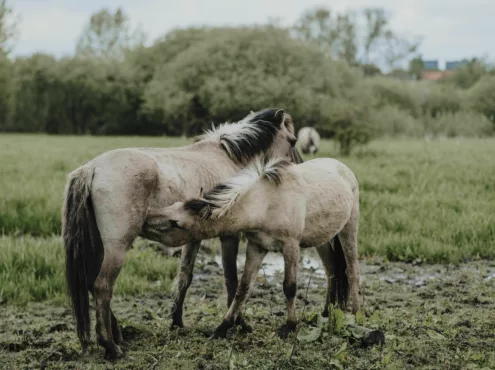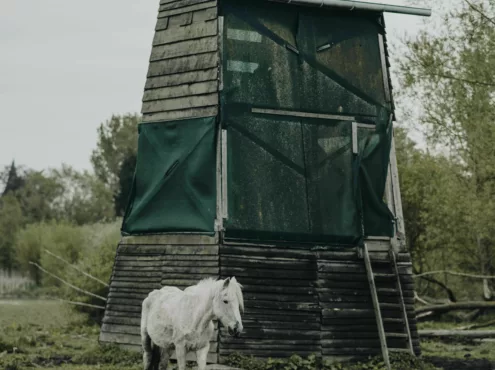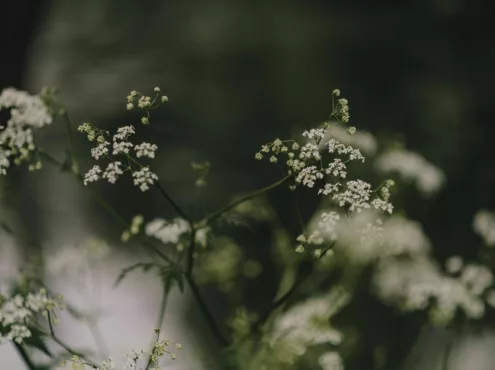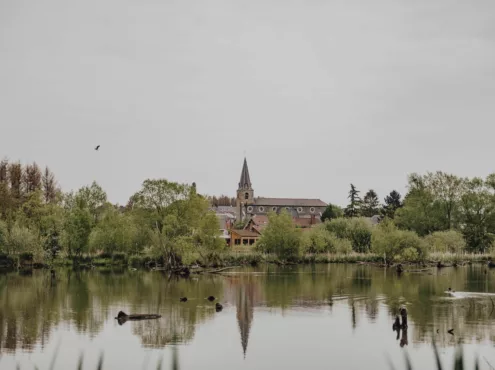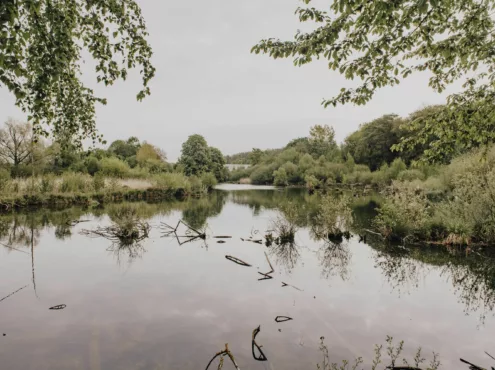Labuissière Nature Reserve
Lay low to observe wild animals and nature
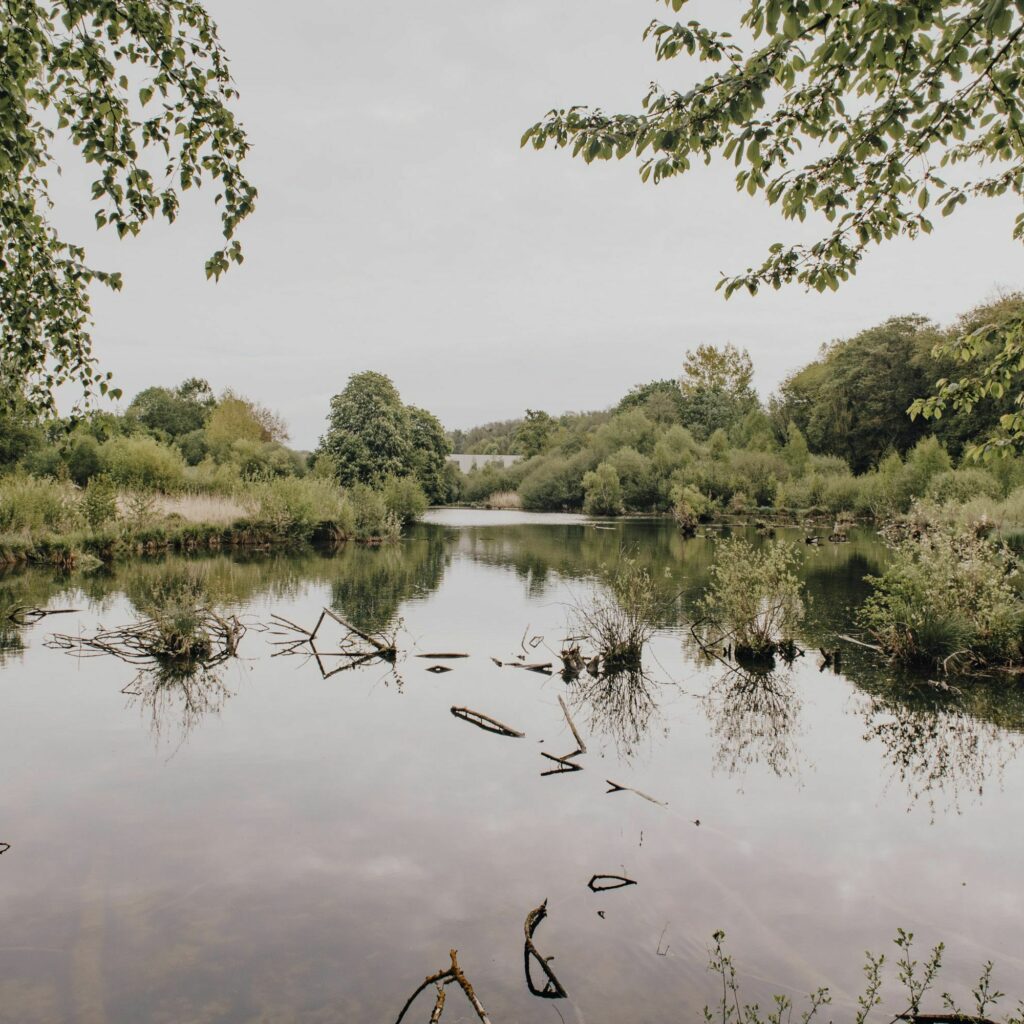
The Labuissière nature reserve is one of the last marshes in Wallonia. Its USP? It attracts a huge number of wild animals, from birds to frogs. Use the signposted trail in the nature reserve, or the towpath, to observe these animals.
Gallery
Observe animals as you wish
The trail within the reserve is open to the public. You can take a peaceful stroll and stop at various lookout points to observe nature. Just make sure to stay on the path to avoid disturbing the animals.
If you’re lucky, you can spot the grey heron with the little puff on its head, the great cormorant, with its completely black body and light beak, or the great egret, the beautiful white wader. It is worth noting that this is one of the largest heron reserves in Belgium, with more than 75 nests.
Wetlands are quite popular with birds. They take advantage of this reserve as a spot to rest during migration, or, for some, a place to spend the winter.
This unique feature is attracting notice in Wallonia
You can also walk along the Sambre and discover this nature reserve, between Solre-sur-Sambre and Labuissière. The so-called ‘lock-keeper’s walk’ is approximately six kilometres long and starts at the Church of Saint Martin in Merbes-le-Château. It takes you along the ‘Natura 2000’ zone.
In fact, the fifteen-hectare Labuissière nature reserve is part of a larger protected area. It belongs to the Haute-Sambre nature reserve, at the confluence of the Thure, the Hantes and the Sambre. Wallonia is home to no less than 75 hectares of very unique nature reserve in total.
There are lots of bodies of water in particular, such as ponds, ditches and rivers. This are fertile ground for animals to reproduce, in particular crested newts and dragonflies.
Run by Natagora and wild horses
Another unique feature of this nature reserve is that it is partially maintained by horses. Tarpans and a Shetland pony take care of areas that volunteers struggle to reach.
You should also know that this reserve, which has existed since 1985, is maintained without using mechanical tools. Volunteers meet every year and take care of the different sections so that no one species takes over.
Don’t forget to bring binoculars when you visit. They are very useful for observing large birds.
